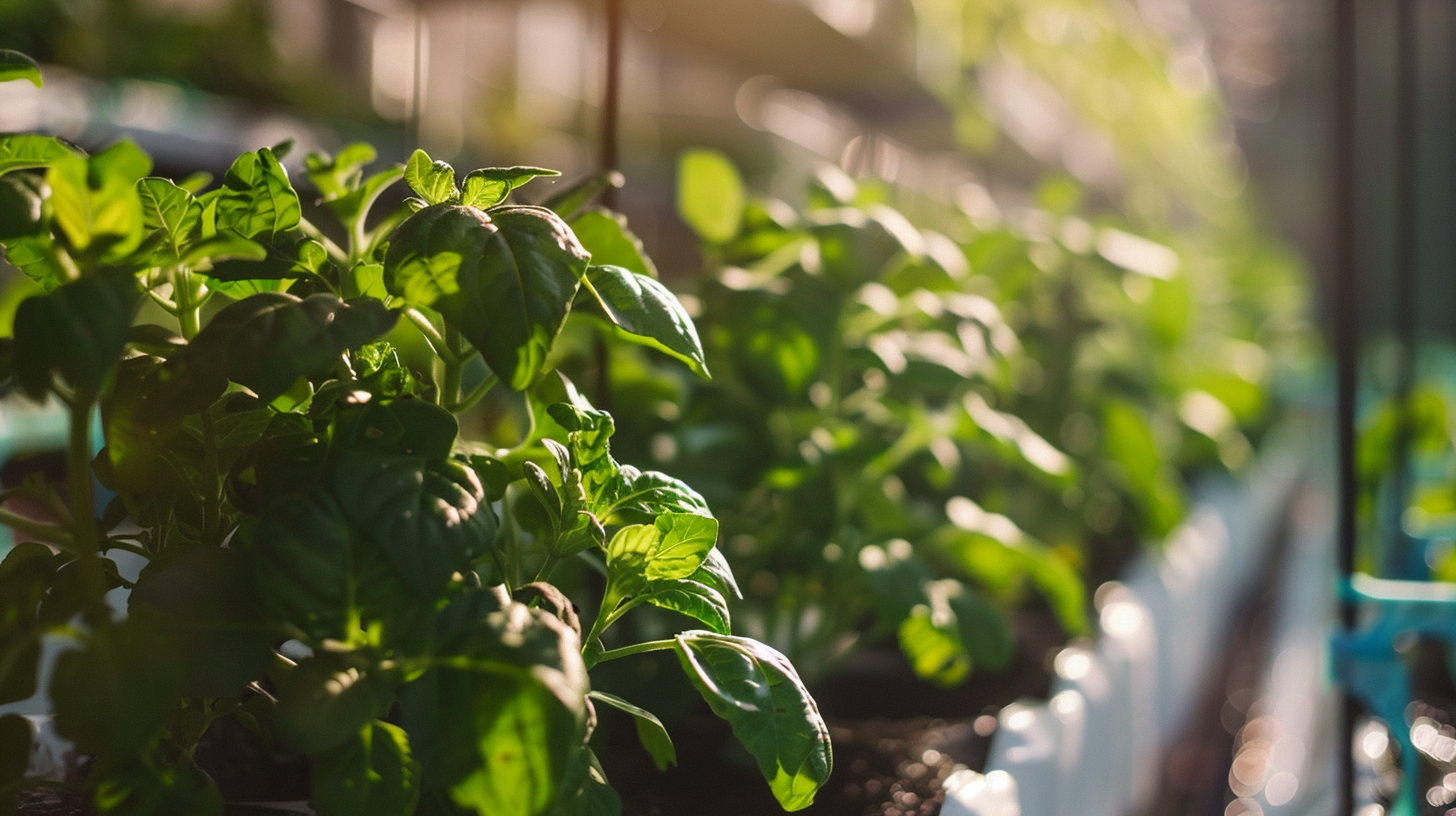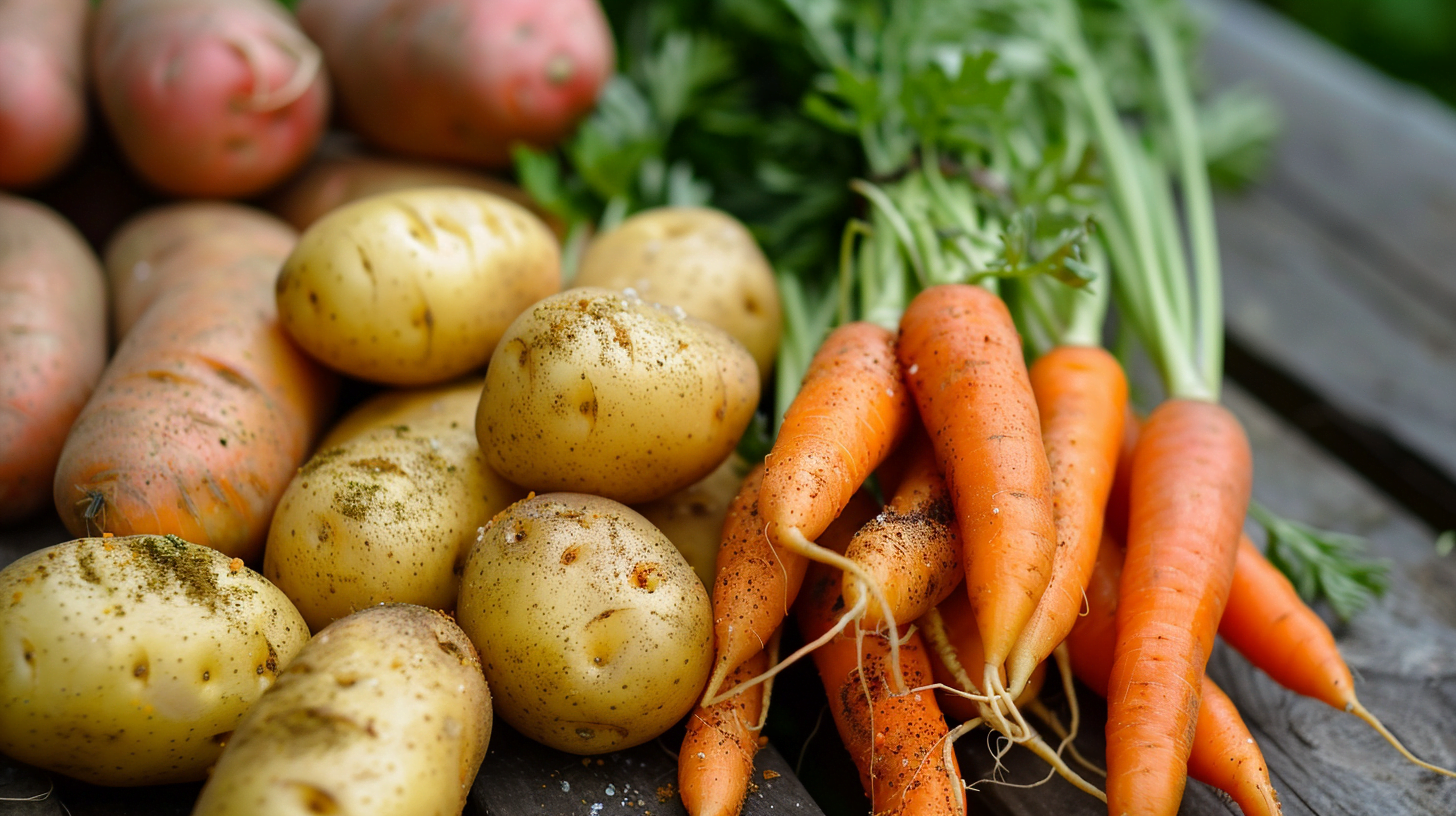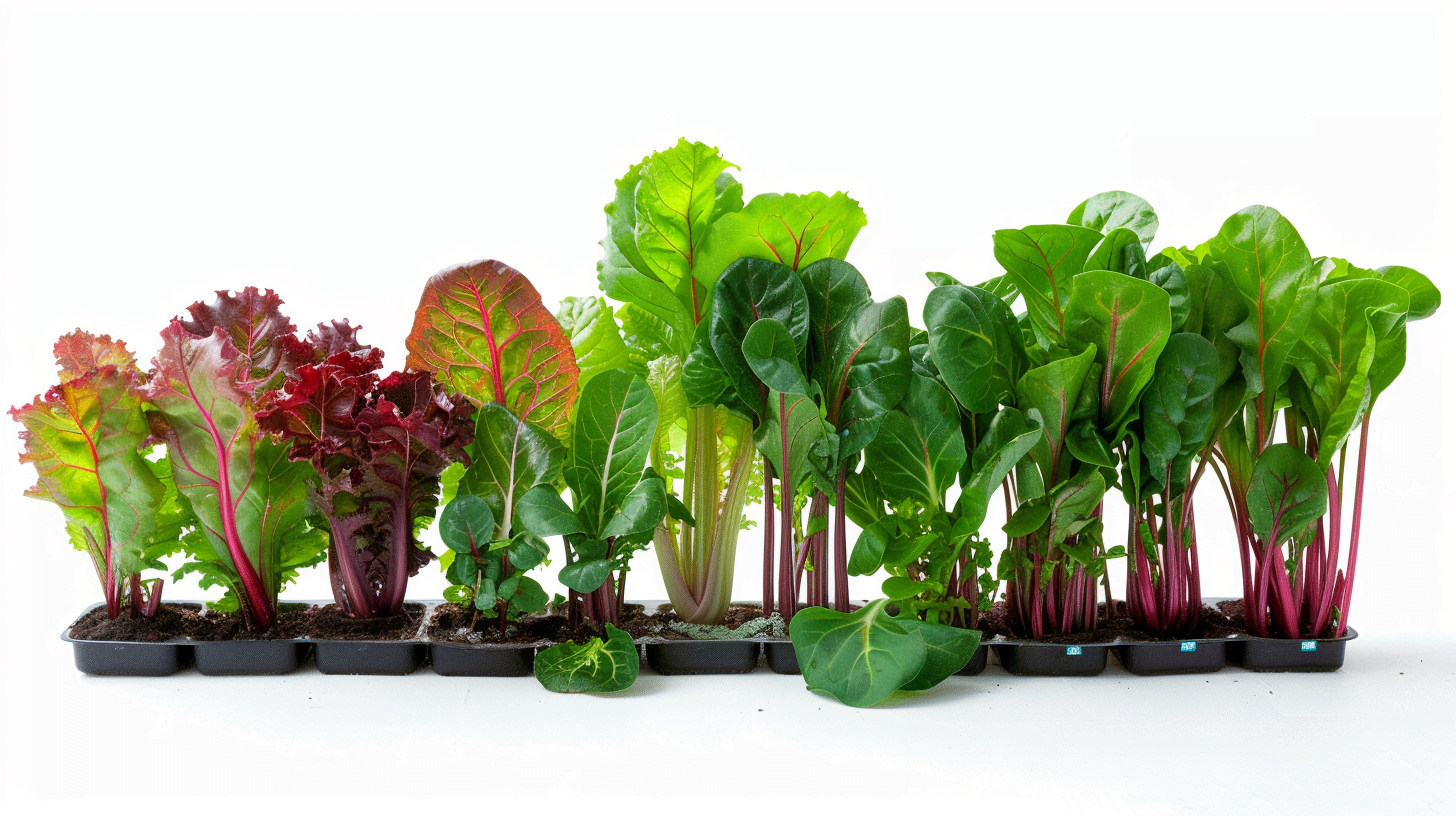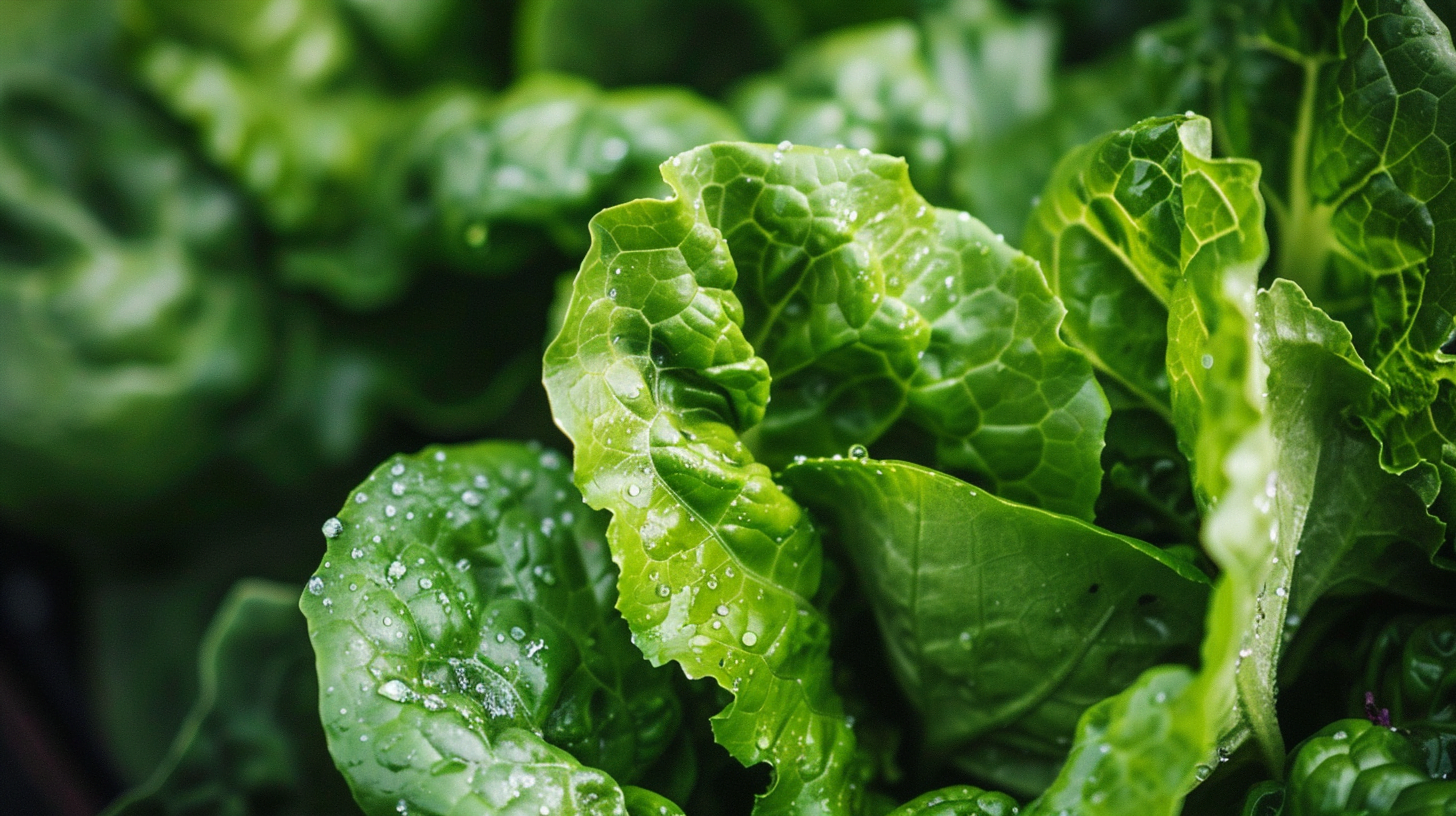Introduction
Hydroponic potato cultivation has emerged as a promising alternative to traditional soil-based farming, offering a sustainable solution for areas with scarce soil resources. By providing essential nutrients directly to the plants’ roots in a controlled environment, hydroponics allows potatoes to thrive without relying on soil. In this comprehensive guide, we’ll explore the key aspects of watering hydroponic potatoes to ensure optimal growth and yield.
Understanding the Nutrient Requirements of Hydroponic Potatoes
Potatoes grown in hydroponic systems have specific nutrient requirements that must be met to ensure healthy growth and development. The essential nutrients for hydroponic potatoes include:
- Macronutrients: Nitrogen (N), Phosphorus (P), Potassium (K), Calcium (Ca), Magnesium (Mg), Sulfur (S)
- Micronutrients: Iron (Fe), Manganese (Mn), Boron (B), Zinc (Zn), Copper (Cu), Molybdenum (Mo)
These nutrients are typically provided through a carefully formulated nutrient solution, which is delivered to the plants’ roots via the hydroponic system. Maintaining the proper balance of nutrients is crucial for the overall health and productivity of your hydroponic potato crop.
Choosing the Right Hydroponic System for Potato Cultivation
Several hydroponic systems are suitable for growing potatoes, each with its own advantages and disadvantages. The most common systems include:
- Deep Water Culture (DWC)
- Simple and easy to set up
- Ideal for small-scale growers
- Potatoes are grown directly in a container filled with nutrient solution
- Nutrient Film Technique (NFT)
- Requires careful setup and management
- Suitable for larger-scale operations
- Nutrient solution flows through channels, feeding the potato plants
When selecting a hydroponic system for your potatoes, consider factors such as the scale of your operation, available resources, and your level of experience with hydroponics.
Watering Techniques and Best Practices
Proper watering is essential for the success of your hydroponic potato crop. Here are some key techniques and best practices to follow:
- Maintain optimal water temperature: Keep the nutrient solution between 68°F and 72°F (20°C and 22°C) to promote healthy root development and nutrient uptake[3].
- Monitor and adjust pH levels: Maintain a pH range of 5.8 to 6.2, with an ideal target of 6.0, to ensure optimal nutrient availability and prevent nutrient deficiencies or toxicities[4].
- Ensure proper aeration and oxygenation: Provide adequate aeration to the nutrient solution to prevent oxygen depletion, which can lead to root rot and other issues. Use air stones or other aeration devices to maintain optimal oxygen levels.
- Adjust watering frequency based on growth stage: As potato plants progress through different growth stages, their water requirements may vary. Monitor plant growth and adjust watering frequency accordingly to ensure the plants receive the appropriate amount of moisture and nutrients.
- Regularly monitor and replenish nutrient solutions: Regularly test the nutrient solution to ensure the proper concentration of nutrients is maintained. Replenish the solution as needed to prevent nutrient deficiencies and ensure consistent growth.
Troubleshooting Common Watering Issues
Despite your best efforts, you may encounter some common watering issues when growing hydroponic potatoes. Here are a few problems to watch out for and their potential solutions:
- Nutrient deficiencies: If you notice symptoms such as yellowing leaves or stunted growth, your plants may be experiencing nutrient deficiencies. Regularly test your nutrient solution and adjust the concentrations as needed to correct any imbalances.
- Root rot: Overwatering or poor aeration can lead to root rot, which can quickly spread and damage your entire crop. Ensure proper drainage, maintain optimal water temperatures, and provide adequate aeration to prevent this issue.
- Algae growth: Algae can compete with your potato plants for nutrients and oxygen, leading to reduced growth and yield. To prevent algae growth, keep your hydroponic system clean, use opaque containers to limit light exposure, and maintain proper nutrient balance.
By promptly identifying and addressing these common watering issues, you can ensure the health and productivity of your hydroponic potato crop.
Case Study: Successful Hydroponic Potato Cultivation
One notable example of successful hydroponic potato cultivation comes from a recent study that explored the use of wood fiber as a growing medium[5]. Researchers found that by using wood fiber, they were able to achieve significantly higher yields compared to traditional field cultivation methods, while maintaining the dry matter content and nutritional value of the potatoes.
The study highlights the potential of hydroponic systems to revolutionize potato production, particularly in areas with limited land resources or challenging growing conditions. By adopting innovative techniques and materials, such as wood fiber substrates, growers can optimize their hydroponic potato cultivation and achieve impressive results.
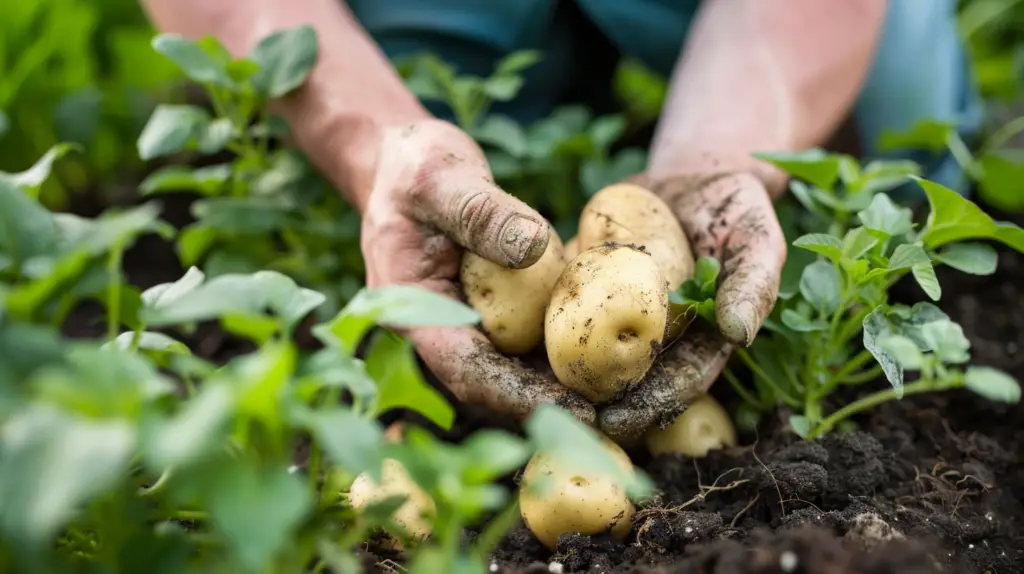
Conclusion
Watering hydroponic potatoes effectively is crucial for ensuring optimal growth, health, and yield. By understanding the nutrient requirements of potatoes, selecting the appropriate hydroponic system, and implementing best practices for watering, you can create an ideal growing environment for your crop.
Remember to regularly monitor and adjust nutrient solutions, maintain proper water temperature and pH levels, and provide adequate aeration to prevent common issues such as nutrient deficiencies and root rot. With dedication and attention to detail, you can successfully cultivate hydroponic potatoes and enjoy a bountiful harvest.
FAQs
- How often should I water my hydroponic potatoes?
The watering frequency for hydroponic potatoes depends on factors such as the growth stage, environmental conditions, and the specific hydroponic system being used. As a general rule, ensure that the roots have consistent access to moisture and nutrients without being oversaturated. - What are the signs of nutrient deficiencies in hydroponic potatoes?
Common signs of nutrient deficiencies in hydroponic potatoes include yellowing or discoloration of leaves, stunted growth, and reduced vigor. If you notice these symptoms, test your nutrient solution and adjust the concentrations as needed to correct any imbalances. - Can I use tap water for my hydroponic potato system?
While tap water can be used for hydroponic potato cultivation, it’s essential to test the water quality first. Tap water may contain impurities or high levels of chlorine that can negatively impact plant growth. If necessary, use a water filtration system or let the water sit for 24 hours to allow chlorine to dissipate before using it in your hydroponic system. - How do I prevent root rot in my hydroponic potatoes?
To prevent root rot in hydroponic potatoes, ensure proper drainage, maintain optimal water temperatures, and provide adequate aeration to the nutrient solution. Regularly monitor your plants for signs of root rot, such as wilting or discoloration, and take prompt action to address any issues.
By following this comprehensive guide and implementing the techniques and best practices outlined, you’ll be well on your way to successfully watering your hydroponic potatoes and achieving optimal growth and yield.
